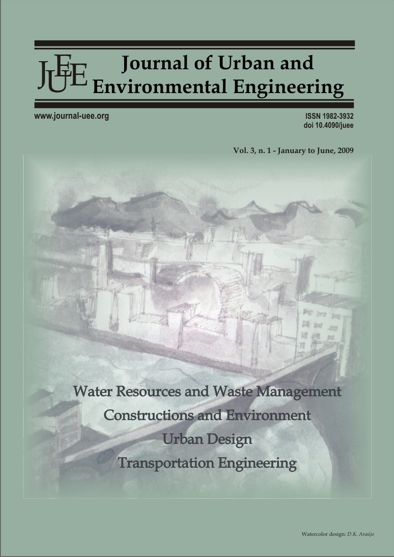A FIXED BED SORPTION SYSTEM FOR DEFLUORIDATION OF GROUND WATER <a href="http://dx.doi.org/10.4090/juee.2009.v3n1.017022" Target="_blank">(doi: 10.4090/juee.2009.v3n1.017022 )</a>
DOI:
https://doi.org/10.4090/juee.2009.v3n1.%25pKeywords:
Adsorption, Breakthrough curve, Column study, Fluoride, ModelingAbstract
The presence of excess fluoride in ground water has become a global threat with as many as 200 million people affected in more than 35 countries in all the continents. Of late, there have been significant advances in the knowledge base regarding the effects of excess fluoride on human health. As a result, defluoridation of ground water is regarded as one of the key areas of attention among the universal water community triggering global research. This study describes the sorptive responses of a newly developed adsorbent, alumina cement granules (ALC), in its real-life application in fixed beds, for removing fluoride from the ground waters of a rural Indian village. ALC exhibited almost consistent scavenging capacity at various bed depths in column studies with an enhanced adsorption potential of 0.818 mg/g at a flow rate of 4 ml/min. The Thomas model was examined to describe the sorption process. The process design parameters of the column were obtained by linear regression of the model. In all the conditions examined, the Thomas model could consistently predict its characteristic parameters and describe the breakthrough sorption profiles in the whole range of sorption process.Downloads
Download data is not yet available.
Downloads
Published
2009-09-28
Issue
Section
Articles




